Fuel reduction burning is necessary, but not enough: that’s the conclusion of Tasmanian research released last Friday.
The research, by the University of Tasmania, found that it would take an impossible amount of burning to reduce the impact of major bushfires, and that the best approach to the bushfire menace is more strategic approaches to fuel reduction and fire prevention, and a better approach to landscape and housing design.
The research methodology and its findings can be found here.
The findings add weight to longstanding arguments that putting all your eggs in the fuel reduction basket, and burning huge areas of bushland, will not achieve the required safety outcomes: ‘area-based prescribed-burning targets have little value without some sort of strategic implementation or risk-reduction framework.’
Professor David Bowman, co-leader of the research project, told Guardian Australia that governments and fire authorities needed to consider taking a more local approach, and introduce on the outskirts of towns and cities clever landscape designs that included irrigation and green fire breaks in the form of parklands, that could work in conjunction with burn-offs to help mitigate bushfire risks.
He acknowledged it could be expensive to introduce landscape designs to help counter bushfires, but argued they were a necessary cost for state and local governments.
“If we think about earthquakes you don’t hear people complaining, certainly in New Zealand, about the cost of a house that’s going to survive an earthquake,” Bowman said. “Yet…surely having fire-safe communities is a good investment.”
While less fire prone than Victoria, Tasmania has had some terrifying bushfire experiences, and climate change is making the state more fire prone. Many of the recommendations in this latest research echo what conservationists have been saying for years. For example, ‘this research demonstrates the need to investigate new fuel-treatment techniques, such as spatio-temporal patterns of prescribed burning designed to create fine-scale fuel mosaics, or general alternatives to prescribed burning such as mechanical thinning.’
Smaller, more targeted treatments, and a variety of methods: all good ideas, which suffer from one important problem: they’re more expensive than simply torching lots of bush to make people feel something is being done. As we’ve reported before, land management on the cheap is one of the biggest obstacles to achieving safer, better bushlands.
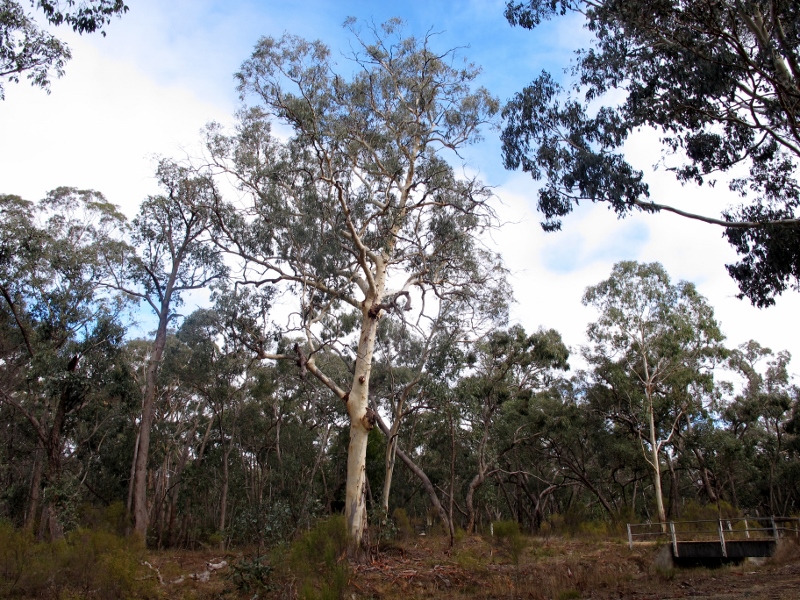

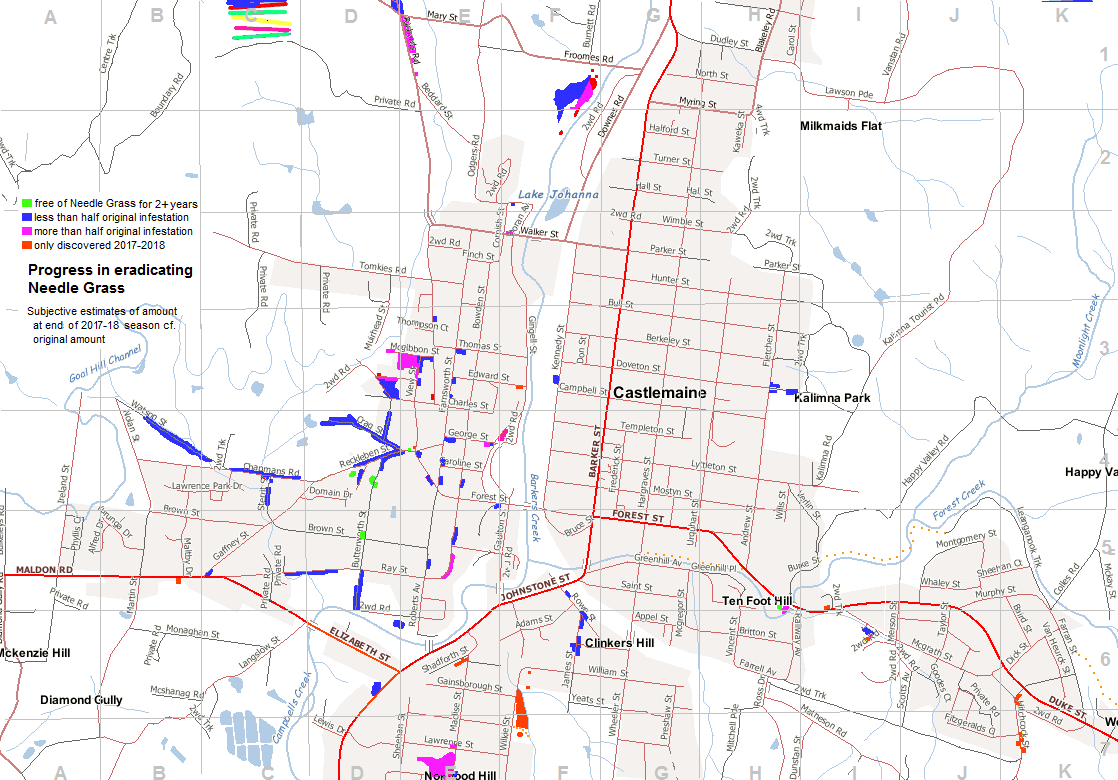
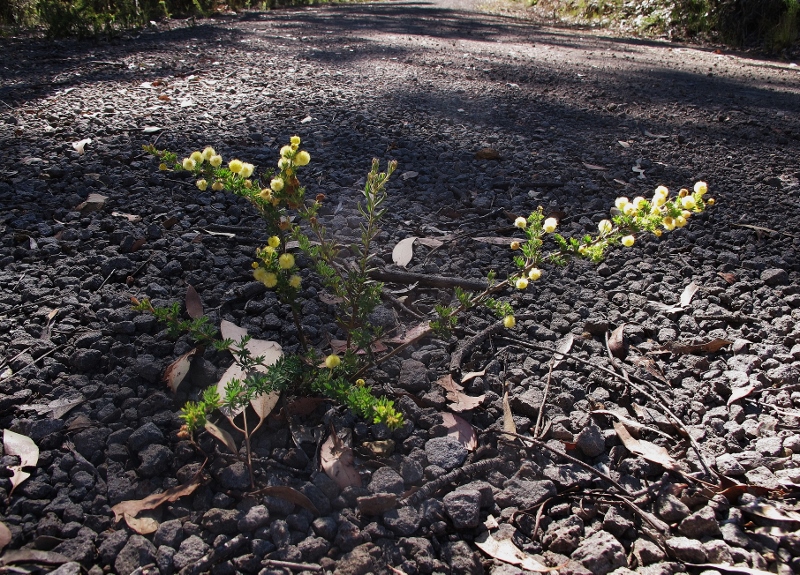
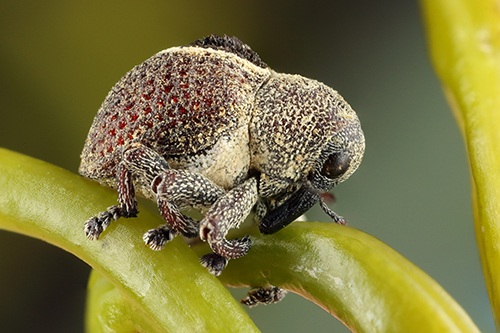



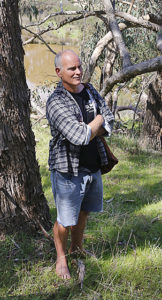



 Click on image for info/order page
Click on image for info/order page Click on image for info/order page
Click on image for info/order page Click on image for info/order page
Click on image for info/order page




















